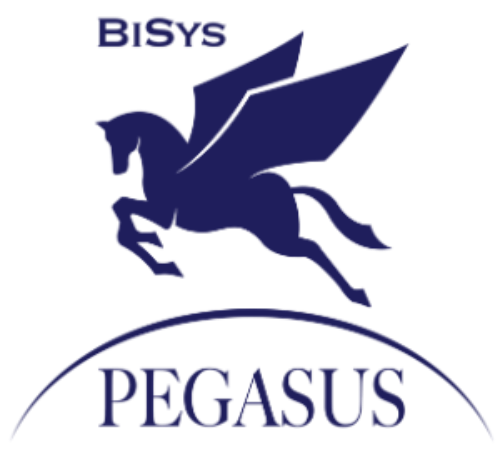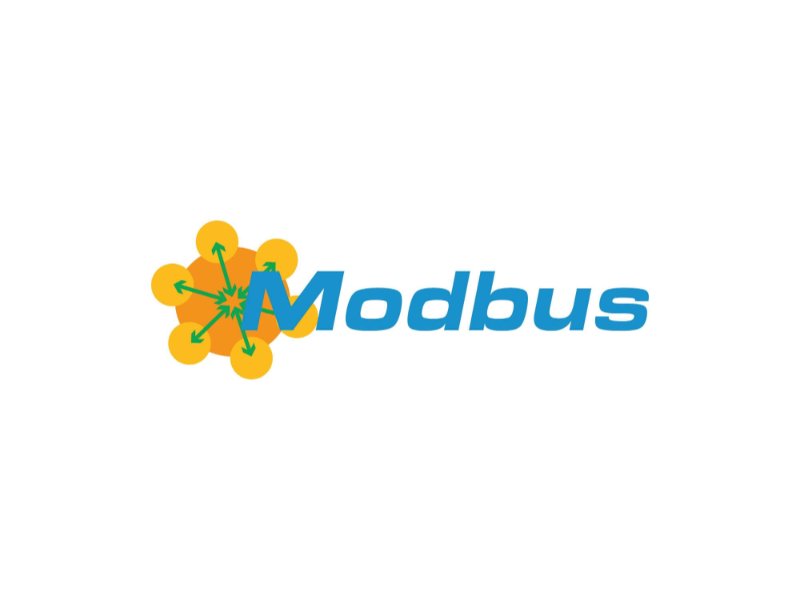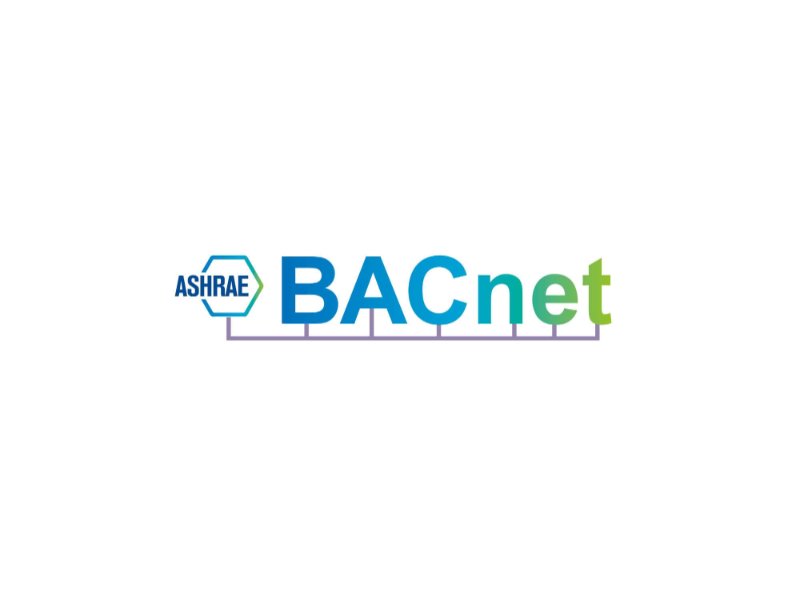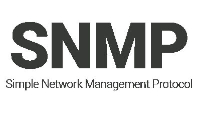BACNET
BACnet was designed to allow communication between building automation and control systems, it is widely used in applications such as heating, ventilating, and air-conditioning control, lighting control, access control, fire detection systems as well as their associated equipment. The BACnet protocol provides mechanisms for computerized building automation devices to exchange information, regardless of the particular building service they perform.
The BACnet protocol defines a number of services that are used to communicate between building devices. The protocol services include “Who-Is”, “I-Am”, “Who-Has”, “I-Have”, which are used for Device and Object discovery. Services such as Read-Property and Write-Property are used for data sharing. The BACnet protocol defines a number of Objects that are acted upon by the services. The objects include Analog Input, Analog Output, Analog Value, Binary Input, Binary Output, Binary Value, Multi-State Input, Multi-State Output, Calendar, Event-Enrollment, File, Notification-Class, Group, Loop, Program, Schedule, Command, and Device.

